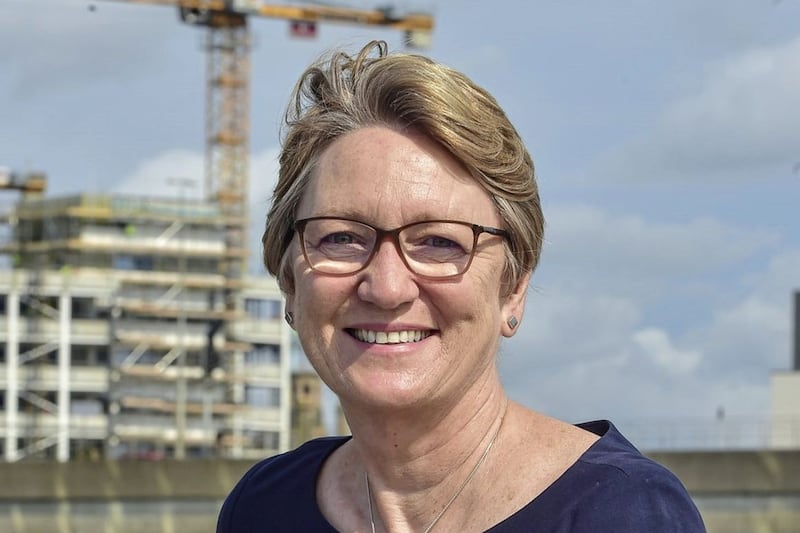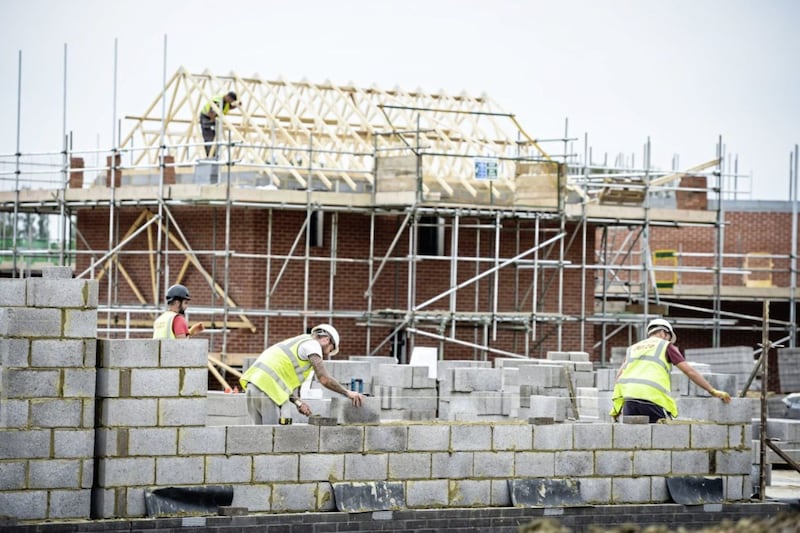WHETHER it's an accumulation of chronic stresses, or acute events such as flooding, cities must now adapt and build capacity to thrive into the future.
A city's resilience is the combined capacity of its businesses, civic bodies, communities, and individual inhabitants to sustain economic and social growth in the face of adversity. (Belfast, for instance, has its own resilience commissioner.) And fundamental to a city's growth is infrastructure.
Infrastructure includes a wide portfolio of interdependent building blocks and systems that are critical to, and define patterns of, strategic development. Innovations and evolving technologies have meant that services like telecommunications, transport and utilities are becoming increasingly more intelligent and connected. As such major projects need large investment, require years in planning and construction, and are built to last decades.
Given the longevity of service provision, infrastructure assets are at risk of climate change impacts. While climate change adaptive measures and considerations can be factored into planning and design of major projects, the following project processes of construction, maintenance, and operation can significantly contribute to the inherent mitigating problem.
Therefore, those decisions made at the front end of design decision making which may seek to address climate change, and in which the client must ultimately agree too, must be supported by cost data.
The International Construction Measurement Standards Second Edition, which is to be published this month, extends the current ICMS into life cycle costs and therefore enables decision-makers to assess the cost impacts of design trade-offs.
This is a critical area in achieving sustainable design. A product for example which has a higher capital cost, but a lower life cycle cost, may also have a higher embodied carbon value; giving rise to a carbon lock-in effect. To facilitate that design decision, ICMS 2 provides a tool to approximately assess the optimum cost and drive more sustainable infrastructure.
The UK has a legally-binding commitment to achieve an 80 per cent reduction in its carbon emissions by 2050 and have undertook various assessments over the past decade, including The Infrastructure Carbon Review which provided recommendations to industry in reducing carbon within infrastructure assets.
More recently, last October, the then Chancellor of the Exchequer confirmed in his budget statement, that the National Infrastructure Commission would be examining the resilience of the UK's infrastructure. Additionally, a report published by The House of Commons Science and Technology Committee in July sets out the steps that must be taken for the UK to meet its emissions targets; including decarbonisation of the transport sector.
The Commission's resilience study in particular sets out a number of aims, one of which is to 'develop a framework to assess the resilience of economic infrastructure systems and the costs and benefits of improvements'. Not only is ICMS 2 a valuable cost benchmarking tool in assessing cost impacts of design trade-offs, but also provides the potential to form a carbon assessment review framework.
As cities continue to push toward greater growth, major global disruptive trends demand smarter and more resilient support systems. Infrastructure must not only be planned and designed to adapt to future shock events but must also strive to minimise embodied carbon and support low growth in carbon emissions. A balancing act may be required, but equipped with globally benchmarked cost data, decisions at the start of projects can be taken with confidence.
:: Susan Mason is head of RICS in Northern Ireland. RICS is the principal independent body representing professionals employed in the land, property and construction sectors. In Northern Ireland, the organisation represents over 3,000 cross-sectoral members comprising of chartered and associate surveyors, trainees and students.








